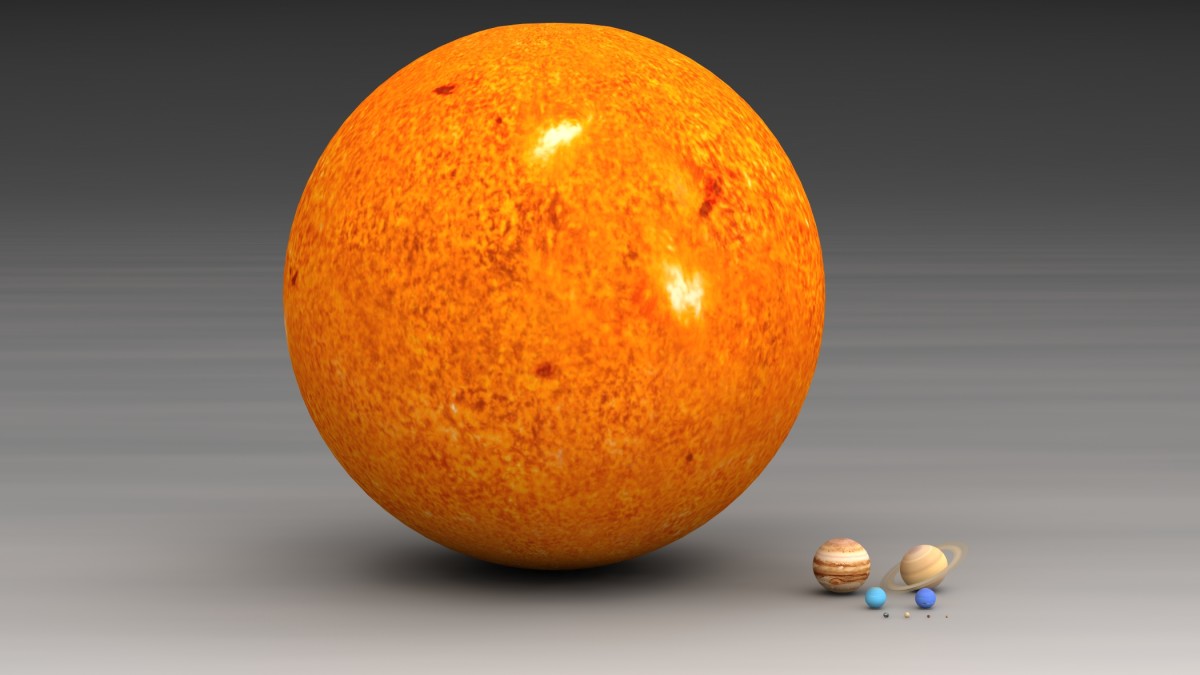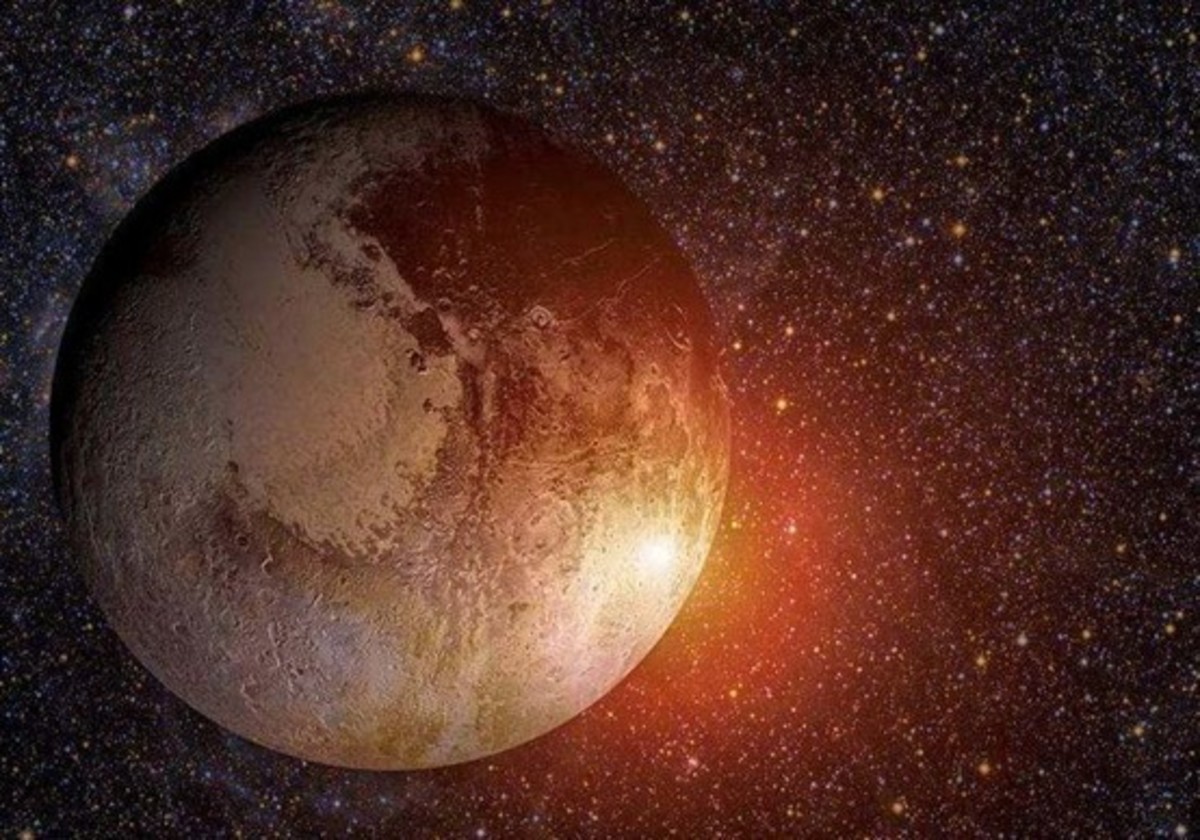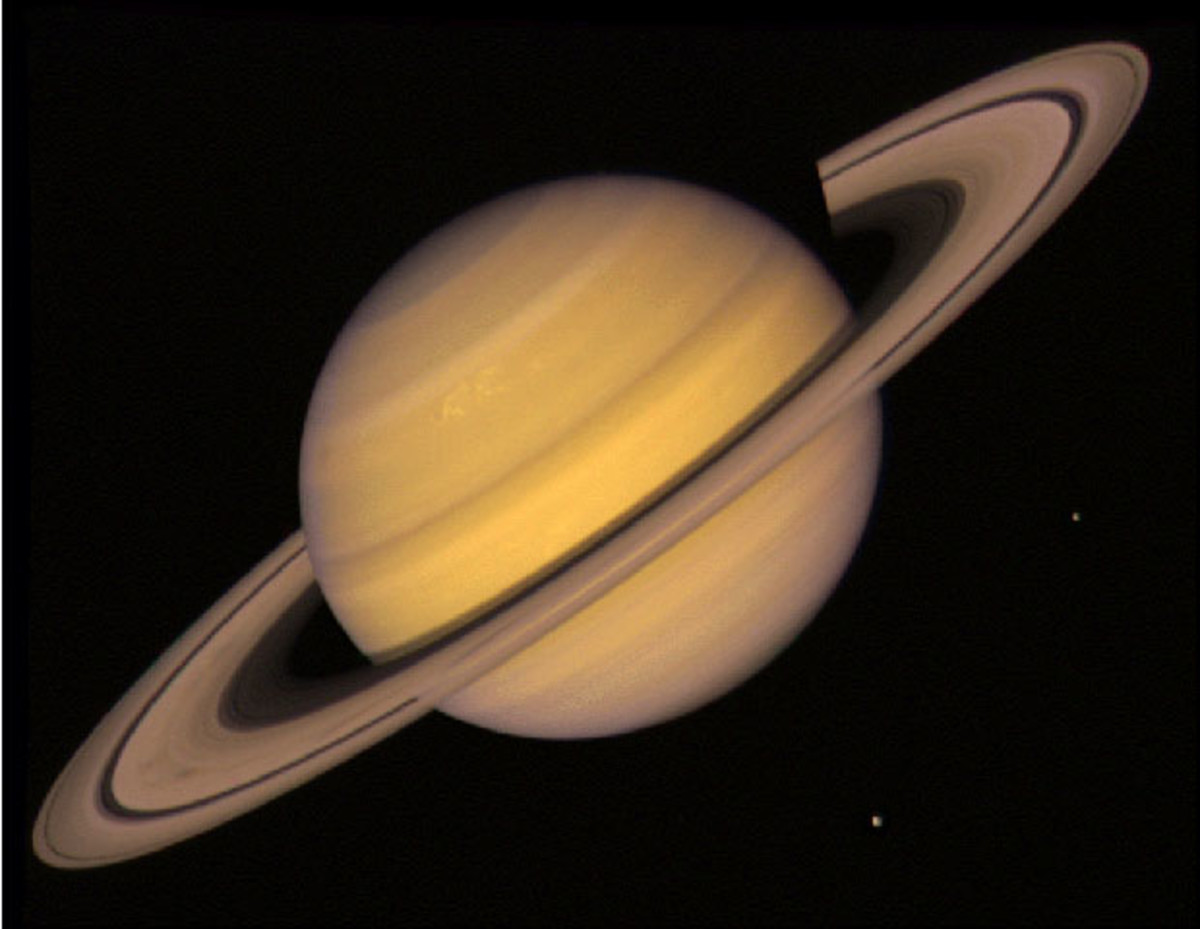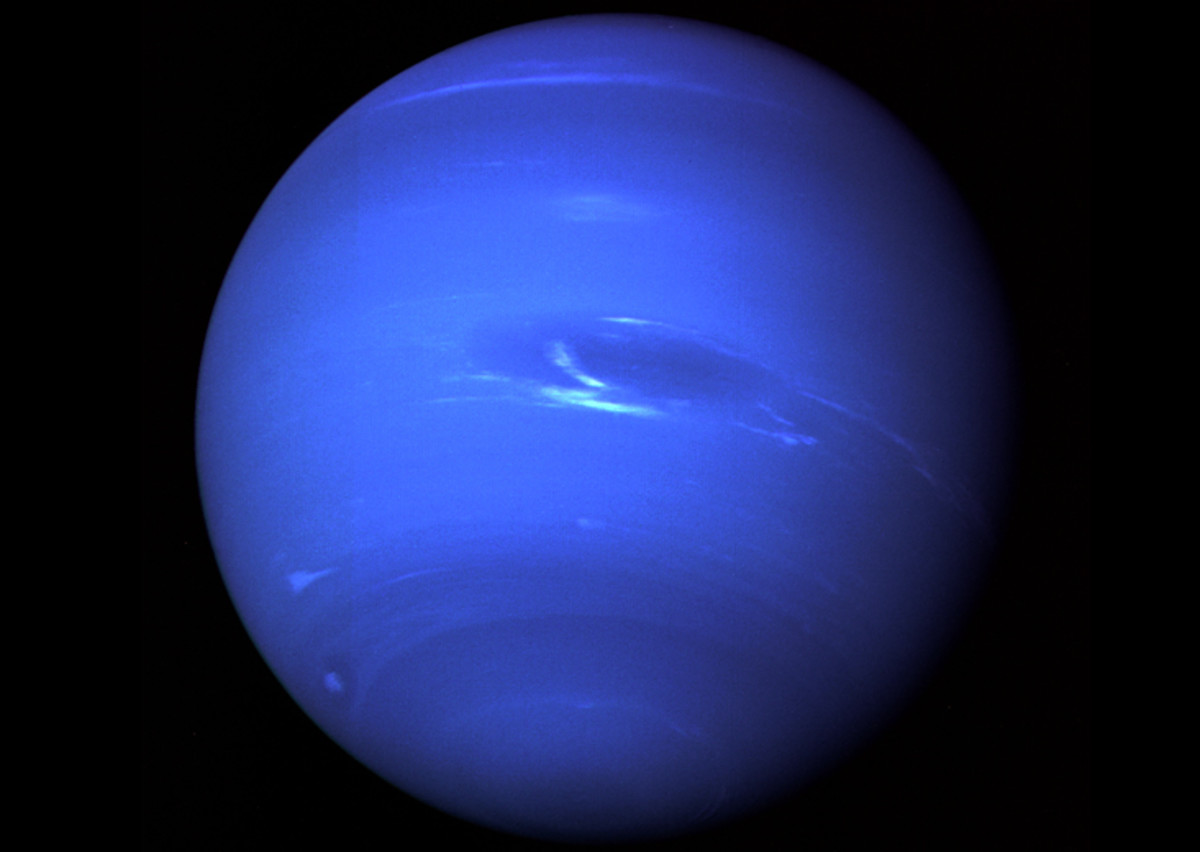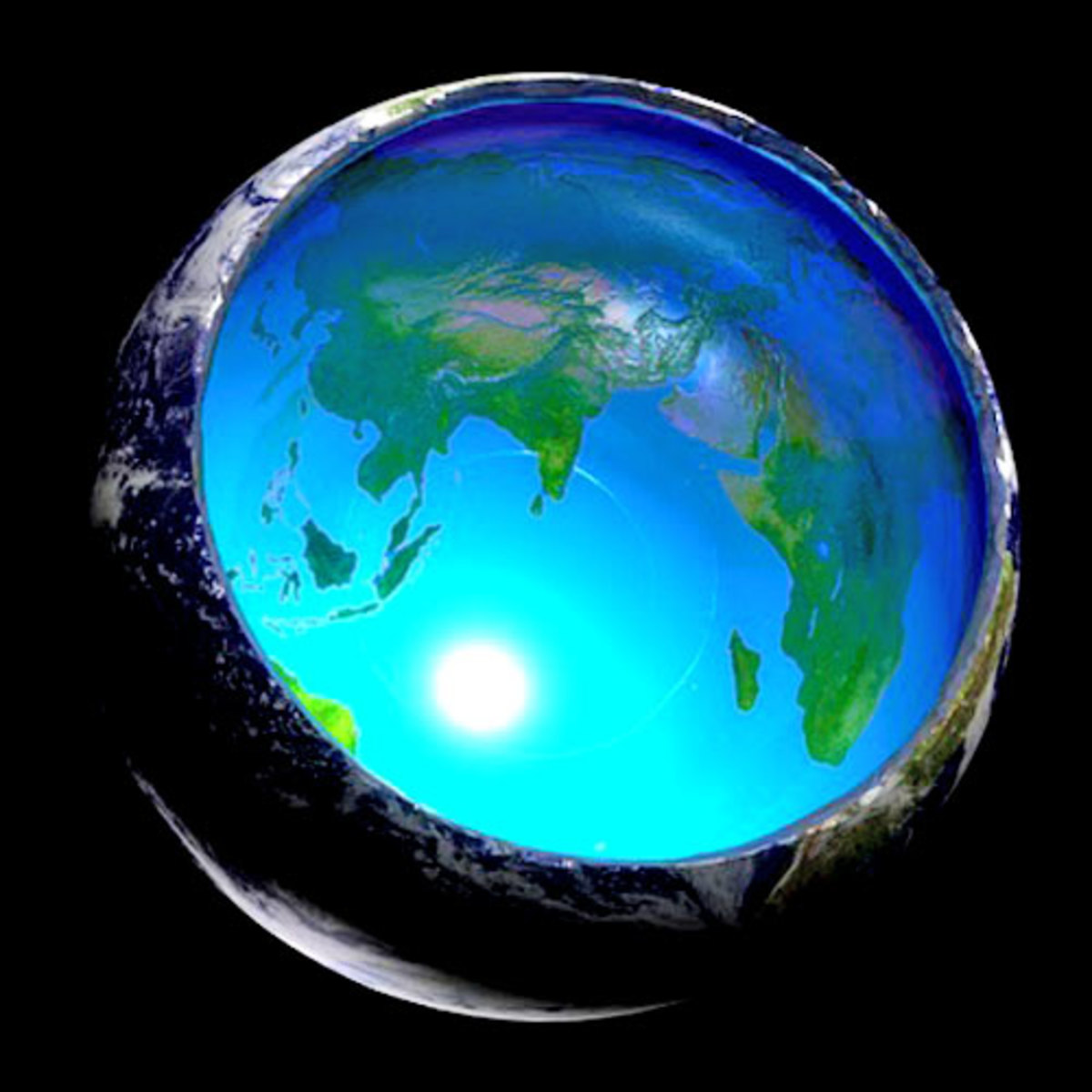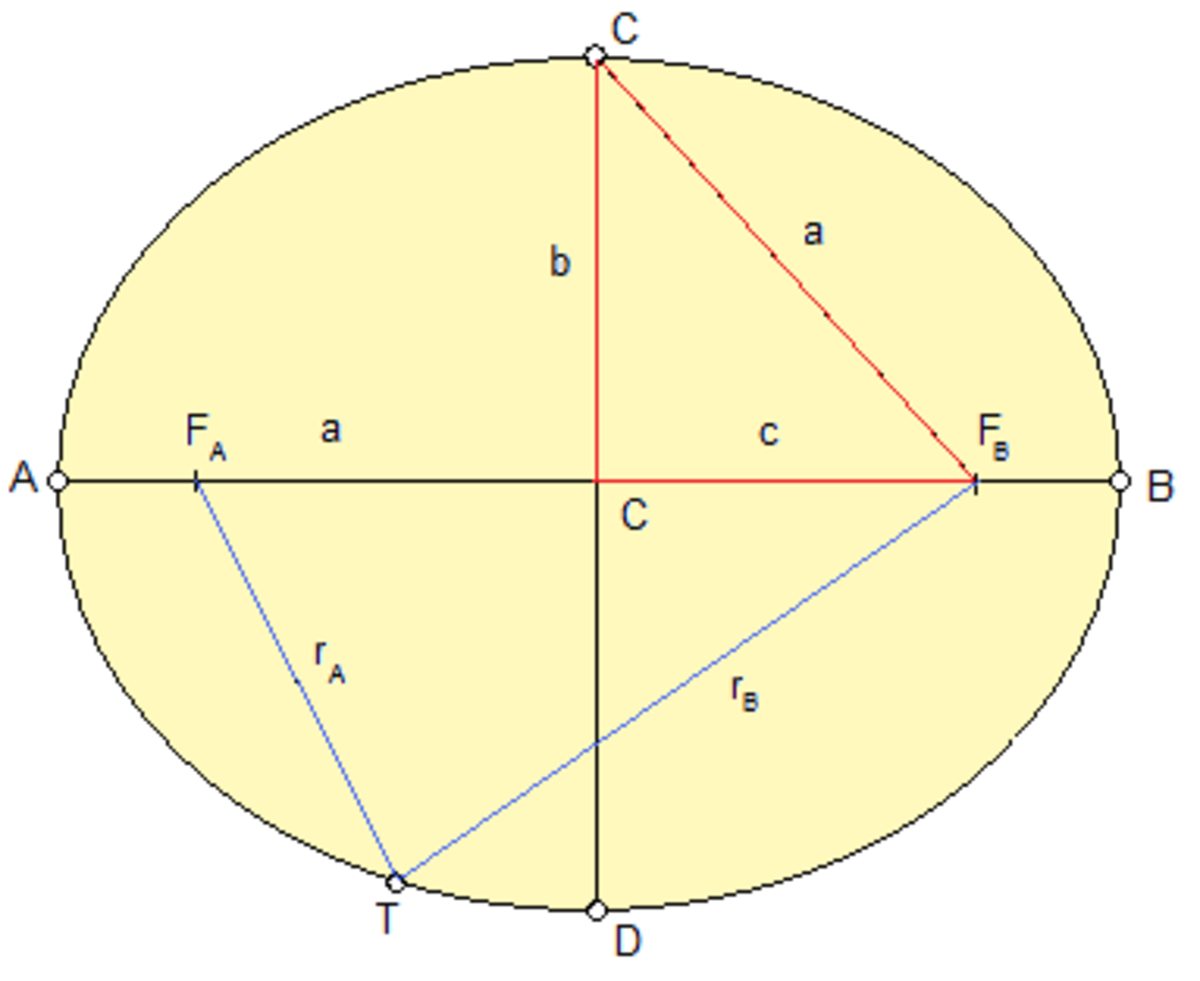The Sun and facts about the Sun
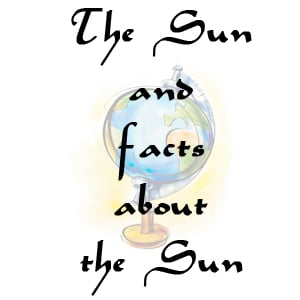
Solar system consists of the Sun, the Planets, the Satellites, Planetoids (Asteroids), Comets, Meteors and Meteorites. The Sun is the center of the solar system. The planets revolve round the sun in fixed orbits. This theory considering the sun as the center of the solar system is known as the heliocentric theory was introduced by Copernicus. Before this it was believed that earth was the center of the solar system (Geocentric theory, introduced by Ptolemy).
The sun is just one of the over 100 billion stars in the universe. It is a gaseous nebula emitting light and heat. As a result the sun is continuously losing a part of its mass. The energy of the sun is produced by nuclear fusion. As a consequence of the fusion the hydrogen in the sun is converted into helium.
There are three regions of the sun visible to us. The glowing surface of the sun which we see is called the photosphere. It is a thin inner layer of the sun's atmosphere and it is from here that practically all the light of the sun is emitted. This is also the layer in which the sun spots appear. The sun spots are relatively cooler areas of the sun's surface. The dark central umbra of a sunspot has a temperature of about 4000 deg. K (Zero degree K is equivalent to -273.15 deg. C. which is the lowest theoretical temperature possible, where it is believed that all atomic and molecular motion ceases). In the rest of the photosphere the normal temperature is about 6000 degree K.
Outside the photosphere is the part called the chromosphere, so called because of its reddish colour. This is the zone through which the energy emitted from the photosphere passes and it almost a transparent layer. This zone is about 2000 km thick. The temperature of the material in the chromosphere increases to more than 10,000 degrees in its outer reaches, where it is the highest. Above the chromosphere is a thin transition zone through which the energy passes into the corona. Corona is the outermost layer of the sun which becomes visible only during an eclipse. The corona, like the chromosphere is made up of vary tenuous material. Inside the transition zone the temperature changes suddenly from about 20,000 to 500J000 deg. K, eventually reaching a maximum of one to two million degrees K in the inner corona. The temperature n the outer corona is about one million degrees K.

The corona has no well defined limits and thins out with increasing distance from the sun. Sun's energy is produced as a result of nuclear reactions at its core. The temperature in this zone is about 15 million degrees K. which together with the extremely high pressure equal to 100 million times the atmospheric pressure at the earth's surface causes the nuclear fusion thereby converting hydrogen into helium. This results in release of energy which is carried away from the core by convection, thus reaching the surface where it escapes as light and heat. The sun is constantly emitting streams of its matter (hydrogen) and protons in all directions. Sometimes these emissions reach very high levels. These are known as prominences.
A less spectacular but persistent stream of protons always blows out of the corona and sweeps over the whole solar system. These outward streams of protons are called solar winds. The atmosphere of the earth (magnetosphere) protects the earth from solar winds. Sun spots are dark patches noticed on the surface of the sun. They appear dark as they are cooler than the remaining portions of sun's surface. The life span of these spots varies. They may appear from a few hours to many weeks. They are caused by localized magnetic field which prevents the flow of energy from the surface of the sun. From sun spots sometimes rise solar flares which are seen as bright filaments of light escaping from the sunspot regions. They produce great reactions on the earth and its atmosphere such as ionospheric disturbances, magnetic storms, interruptions in radio communications, auroral displays and lowering of cosmic ray intensity.
Aurora
The aurora are known as polar lights. There are two Auroras, Aurora Borealis and Aurora Australis known as the Northern lights and the southern lights. These are lights that sweep across the sky in waves or folds. They are multi-coloured lights which are caused due to radiation storms on the surface of the sun. These storms discharge electric particles into space. Earth's magnetic poles attract these particles. These electrified particles cause gases in the upper atmosphere (ionosphere) to glow with particular colours, which causes the auroras. The auroras are caused due to an increased emission of energized particles through corona holes. Presence of such holes in the corona results in reaching of more and denser charged particles to the earth's upper atmosphere. The lights are caused due to the interaction of these particles and the gases in the earth's atmosphere.

